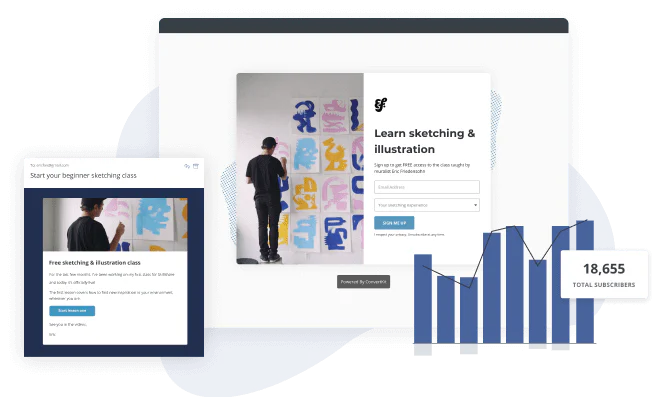
14 min read

Start your business today
When you’ve got an idea, don’t waste your time and money building a website. Starting your business with a landing page and a email list means you can start today.
Create a free Kit account
Steph Knapp
Steph Knapp is a freelance B2B + SaaS content marketer that loves educating and empowering curious humans. When she's not typing away, you'll find her volunteering at the animal shelter and obsessing over a new hobby every week. She shares marketing, freelance, and cat content on Twitter @ hellostephknapp. (Read more by Steph)


